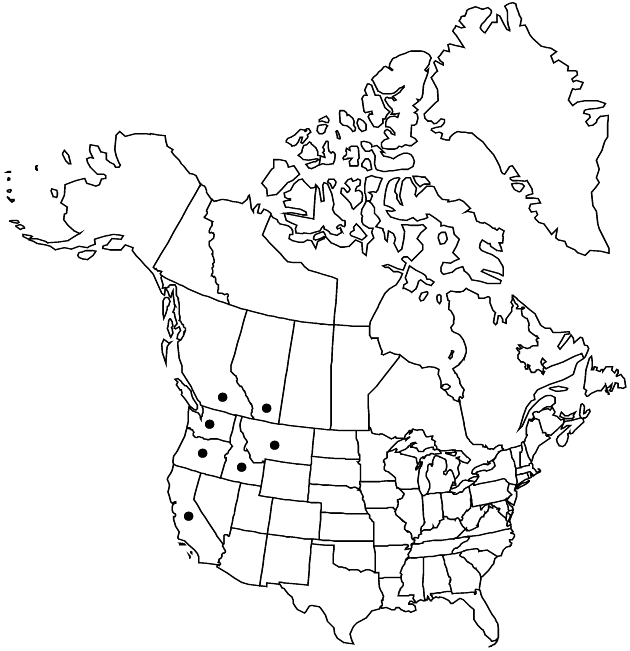Difference between revisions of "Senecio integerrimus var. ochroleucus"
Leafl. W. Bot. 6: 48. 1950.
Basionym: Senecio lugens var. ochroleucus A. Gray
Synonyms: Senecio cordatus Nuttall Senecio exaltatus subsp. ochraceus Piper Senecio leibergii Greene Senecio ochraceus (Piper) Piper
FNA>Volume Importer |
FNA>Volume Importer |
||
| Line 14: | Line 14: | ||
|name=Senecio cordatus | |name=Senecio cordatus | ||
|authority=Nuttall | |authority=Nuttall | ||
| − | }}{{Treatment/ID/Synonym | + | }} {{Treatment/ID/Synonym |
|name=Senecio exaltatus subsp. ochraceus | |name=Senecio exaltatus subsp. ochraceus | ||
|authority=Piper | |authority=Piper | ||
| − | }}{{Treatment/ID/Synonym | + | }} {{Treatment/ID/Synonym |
|name=Senecio leibergii | |name=Senecio leibergii | ||
|authority=Greene | |authority=Greene | ||
| − | }}{{Treatment/ID/Synonym | + | }} {{Treatment/ID/Synonym |
|name=Senecio ochraceus | |name=Senecio ochraceus | ||
|authority=(Piper) Piper | |authority=(Piper) Piper | ||
| Line 61: | Line 61: | ||
|publication year=1950 | |publication year=1950 | ||
|special status= | |special status= | ||
| − | |source xml=https://jpend@bitbucket.org/aafc-mbb/fna-data-curation.git/src/ | + | |source xml=https://jpend@bitbucket.org/aafc-mbb/fna-data-curation.git/src/8f726806613d60c220dc4493de13607dd3150896/coarse_grained_fna_xml/V19-20-21/V20_1232.xml |
|tribe=Asteraceae tribe Senecioneae | |tribe=Asteraceae tribe Senecioneae | ||
|genus=Senecio | |genus=Senecio | ||
Revision as of 15:18, 18 September 2019
Herbage arachnose, tomentose, or villous, unevenly glabrescent, at flowering. Leaves: basal and proximal cauline distinctly petiolate; blades (cauline) usually ovate to rounded-deltate, sometimes obovate to oblanceolate. Heads (3–)8–12(–40+). Phyllaries ± linear, 7–10 mm, tips green or minutely black. Ray florets usually 5; corollas white or ochroleucous, laminae (5–)10–15(–20) mm.
Phenology: Flowering spring.
Habitat: Moist openings in coniferous woodlands
Elevation: 600–1700 m
Distribution

Alta., B.C., Calif., Idaho, Mont., Oreg., Wash.
Discussion
Selected References
None.
Lower Taxa
None.